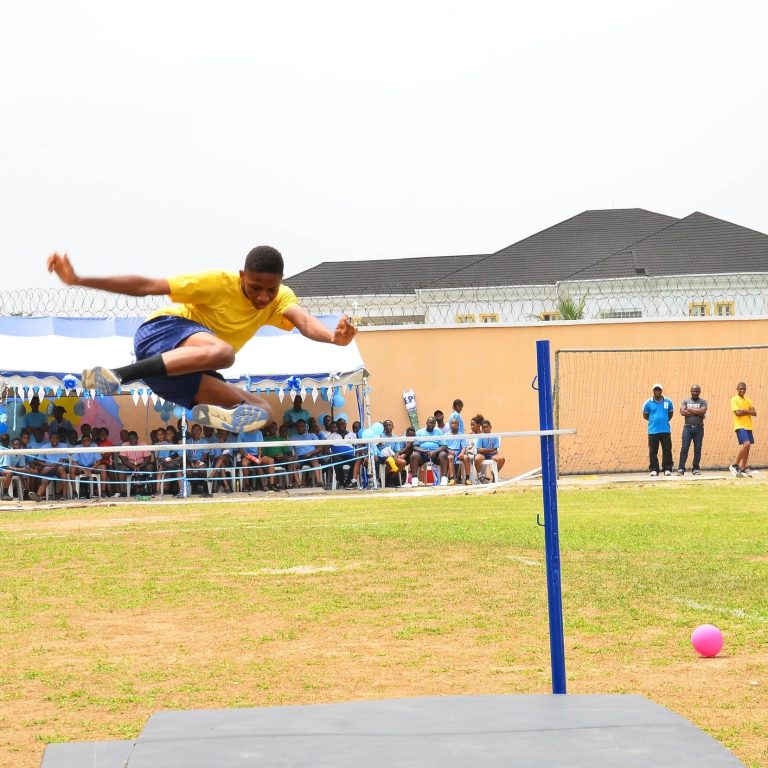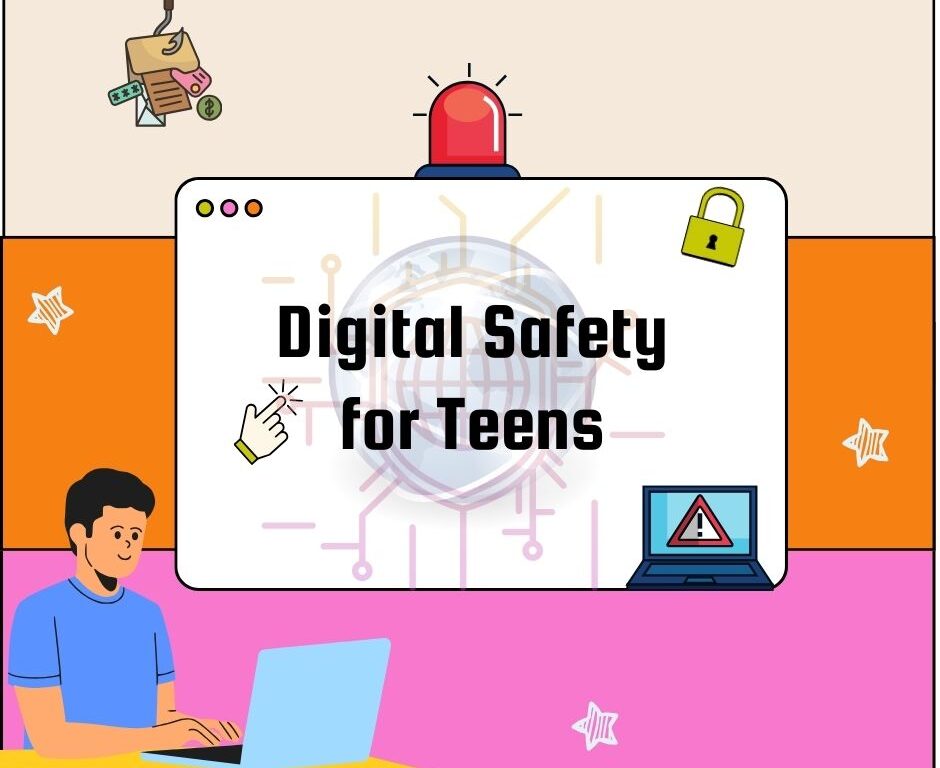As pupils grow in both primary and secondary environments – their online presence tends to follow suit. While the internet provides countless opportunities for learning, socialising, and creativity, it also exposes them to a host of dangers. Parents play a crucial role in guiding their teens to make smart choices and ensure their digital safety.
Teens are naturally curious and eager to explore new platforms, making them prime targets for a range of online risks.
Common Dangers Teens Face Online
-
Cyber bullying
According to Pew Research Center, online harassment can damage a teen’s self-esteem and mental health. A 2022 survey found that 32% of teen girls and 24% of teen boys have experienced multiple types of online harassment.
-
Exposure to Inappropriate Content
Many teens are very likely to encounter explicit material online. A 2023 study by Learning reported that over 75% of teens have encountered nudity or sexual content online.
-
Online Predators:
According to Child Safety Center, an estimated 500,000 online predators are active each day, with children between the ages of 12 and 15 being particularly susceptible to grooming or manipulation.
-
Addiction to Screen Time
Excessive time online can lead to a dependency on digital devices, affecting academic performance, sleep patterns, and overall mental well-being.
-
Mental Health Impacts
Excessive social media use is linked to mental health issues. Youth who use social media more than three hours a day face double the risk of mental health problems, including depression and anxiety.
Signs Your Teen May Be at Risk
It’s often hard to tell when a teen is in trouble online, but watch for these red flags:
- Sudden withdrawal from family or friends.
- Excessive secrecy about online activity or passwords.
- Unexplained emotional outbursts or changes in mood after using the internet.
- Changes in sleep patterns or eating habits.
How Parents Can Protect Teens Online
-
Build Trust and Communication
Open, honest conversations are your best tool. Talk to your teen about online safety, the risks of predators, and the importance of coming to you if something feels off.
-
Set Clear Online Boundaries
Establish rules for:
- Limiting screen time and device use in private spaces.
- Avoiding the sharing of personal information or photos.
-
Stay Involved in Their Digital Lives
- Follow their social media accounts (with their knowledge).
- Regularly discuss their online interactions and experiences.
-
Leverage Parental Controls and Monitoring Tools
- Use tools to monitor online activity without invading their privacy.
- Encourage them to use privacy settings on all platforms.
In a conversation with the schools ICT manager, he suggested practical ways for parents to supervise and restrict their teens’ internet exposure. He suggested using a central household Wi-Fi or internet system that allows parents to monitor and filter content manually. This system can block harmful websites and restrict access to inappropriate material, ensuring a safer online environment for teens. Many internet service providers, like MTN and AIRTEL, come with these parental control features, making it easier for families to create a secure and supervised digital space at home. Other suggestions include:
How Greenoak International School (GIS) Contributes to Digital Safety
At Greenoak International School (GIS), we recognize the importance of safeguarding our students from online risks. In a conversation with one of our guidance and counselling officers, he noted that while GIS encourages the responsible use of technology to enhance learning, we have implemented strict processes to ensure the safety of our students. GIS does not allow personal devices on school premises, reducing the chances of unsupervised internet access. Additionally, our two well-equipped ICT rooms are under constant supervision to ensure students engage with technology in a safe and controlled environment. The school also takes time advise and talk about these issues during etiquette sessions. By balancing technological advancement with security measures, GIS plays a crucial role in supporting both students and parents in the effort to create a safer digital space.
With the support of our parents, we can help to ensure our teens enjoy the benefits of the digital world without falling victim to its dangers.

